According to a study carried out in 2016, there are approximately 369,000 species of flowering plant across the globe, and each and every one has the capacity to inspire and dazzle.
The Chelsea Flower Show this week provides an excellent opportunity to appreciate the beauty and artistry of flowers from all over the world.
Some designers this year are using their displays to tackle issues such as climate change, the economy and sustainability. But on a more individual level, they can be used to mark pretty much every significant milestone: from births to weddings, and then to funerals. ItÔÇÖs no wonder then that they hold so much meaning for people all over the planet.
But sometimes, their impact and symbolism can stretch beyond personal stories. Here are five of the best examples of flowers that have made history.
Lotus
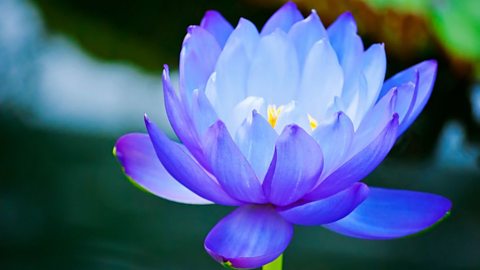
The opening and closing of the lotus is both beautiful and curious. They close at night in a process called nyctinasty. Why these flowers have evolved to have a bed time is still something of a mystery though, and fascinated many people throughout history.
In Ancient Egypt for example, the blue lotus (sometimes known as the blue water lily) can be found adorning countless papyrus paintings, on jewellery and was even found on wreaths in TutankhamunÔÇÖs tomb.
The blue lotus was also very symbolic of fertility in Ancient Egypt. ItÔÇÖs now known that a chemical commonly used to treat male sexual dysfunction, apomorphine, is found in the flower. Research has suggested that Ancient Egyptians were aware of this particular property.
Poppy
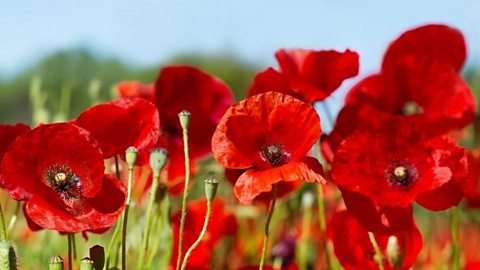
Of all the flowers on this list, the poppy probably presents the biggest paradox: itÔÇÖs done so much good whilst simultaneously caused unspeakable harm.
In 1804, German pharmacist Friedrich Wilhelm Serturner isolated the part of opium that would later become the painkiller morphine. He originally named it morphium, after the Ancient Greek God of dreams, Morpheus.
And it lived up to its name. Its effects were so coveted by people at the time that ÔÇśopium densÔÇÖ sprung up all over London and beyond, full of people looking for their next hit, creating an epidemic. But its medicinal properties were and are remarkable, too. For example, itÔÇÖs used to soothe the pain of some cancer patients, as well as those having undergone serious surgery.
The poppy has more recently been attributed a symbolic meaning. When WW1 broke out in the summer of 1914, trenches started to be dug and soldiers started to walk across fields and farmland in their thousands, trampling anything living underfoot. This desecrated many landscapes across Europe, but particular conditions in 1915 led to something beautiful appearing from the wastelands.
Poppy seeds can lay dormant for hundreds of years, but will grow where the ground is disturbed. That combined with a particularly hot spring in 1915 led to Flanders Field near Ypres bursting into bloom, becoming a sea of red.
The scene was very poignant to many who fought in the war, and one Canadian soldier, Major John McCrae, immortalised it into a poem called In Flanders Field. Now, the poppy is used as a symbol of those who fought and died not only in WW1, but in conflicts across the globe.
Sunflower

You may remember having grown these towering giants back at school, but one artist took such a fascination with them that they ended up defining a large part of his career.
Vincent van Gogh created hundreds of pieces of art over the course of his life, but some of the most famous are the ones representing sunflowers, which became inextricably associated with him. He wrote to his brother Theo: ÔÇťYou know Jeannin has the peony, Quost has the hollycock, but I have the sunflower, in a way.ÔÇŁ
Tragically, Van Gogh didnÔÇÖt get much recognition for his work until after his death. He created 12 paintings of sunflowers in total, and in the same letter to his brother, he estimated that one of them would go for about 500 French francs, which he was pleased with. ThatÔÇÖs the equivalent of around ┬ú66. They are now being sold at auction for millions, which is quite an indication of the posthumous impact his work had.
Daffodil
I wandered lonely as a cloud
That floats on high o'er vales and hills,
When all at once I saw a crowd,
A host of golden daffodils;
(William Wordsworth)
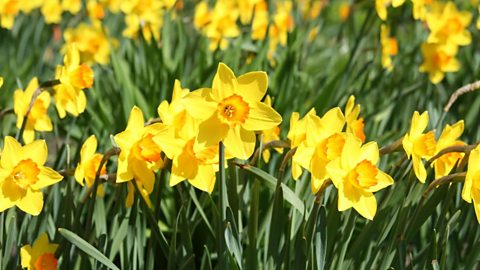
The daffodil has the great honour of being enshrined in one of the most famous poems to come out of England, but it is Wales that holds it as (one of) its national symbols.
The daffodil is a very recognisable emblem of the country, but it is not the only plant that represents Wales. The leek has done so since the 16th century, with noblemen and kings wearing the actual vegetable pinned on their jackets. The smell must have beenÔÇŽ interesting.
The Welsh for daffodil is ÔÇśCenhinen BedrÔÇÖ which means St PeterÔÇÖs Leek, so it having the same name as the original symbol of the country may have given rise to the daffodilÔÇÖs to prominence from the 19th century onwards. That, and maybe the fact that it smells nicer when worn.
Rose
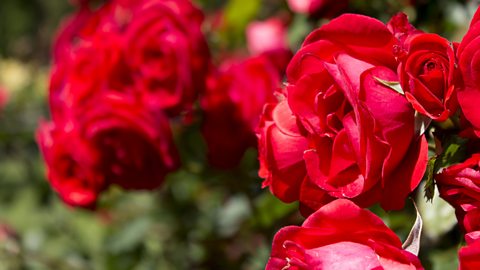
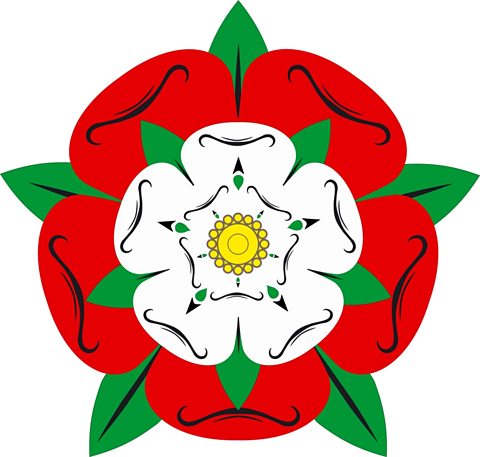
ItÔÇÖs used in perfumes, it symbolises love and is a very popular girlÔÇÖs name. The rose is also the defining symbol of some of the bloodiest civil wars in English history.
These were the Wars of the Roses. Note the plural - there were many battles that spanned decades. Two houses, York and Lancaster, were vying for the English throne because Lancastrian King Henry VI hadnÔÇÖt (at the point they started) produced an heir.
King Henry kept on being captured and released, until he was finally killed in the Tower of London by the Yorkists. The leading men of both the House of York and Lancaster were killed in battle too, though, so it wasnÔÇÖt until Henry Tudor (a distant Lancastrian) defeated the remaining Yorkists at the Battle of Bosworth and married Elizabeth of York that the wars ended and the families were finally at peace.
The Yorkists always used the white rose, but the red rose was only formally introduced as the symbol of the Lancastrians after Henry Tudor was victorious at the Battle of Bosworth. When Henry and Elizabeth married, the two roses were combined to make the Tudor rose, signifying the unification of the two houses.
This article was published in May 2019

How do flowering plants reproduce?
What special parts does a plant have and how do these parts eventually make seeds?
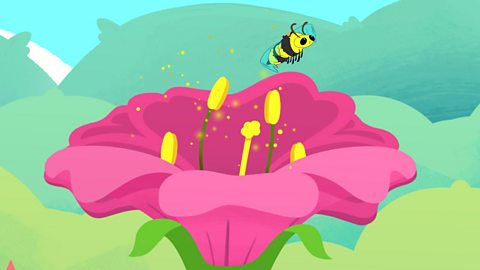
Why do leaves fall off trees?
It happens every year, but do you know why?

Seven books that made history
If you've ever wanted to read a book as tall as a bus, you've come to the right place.
